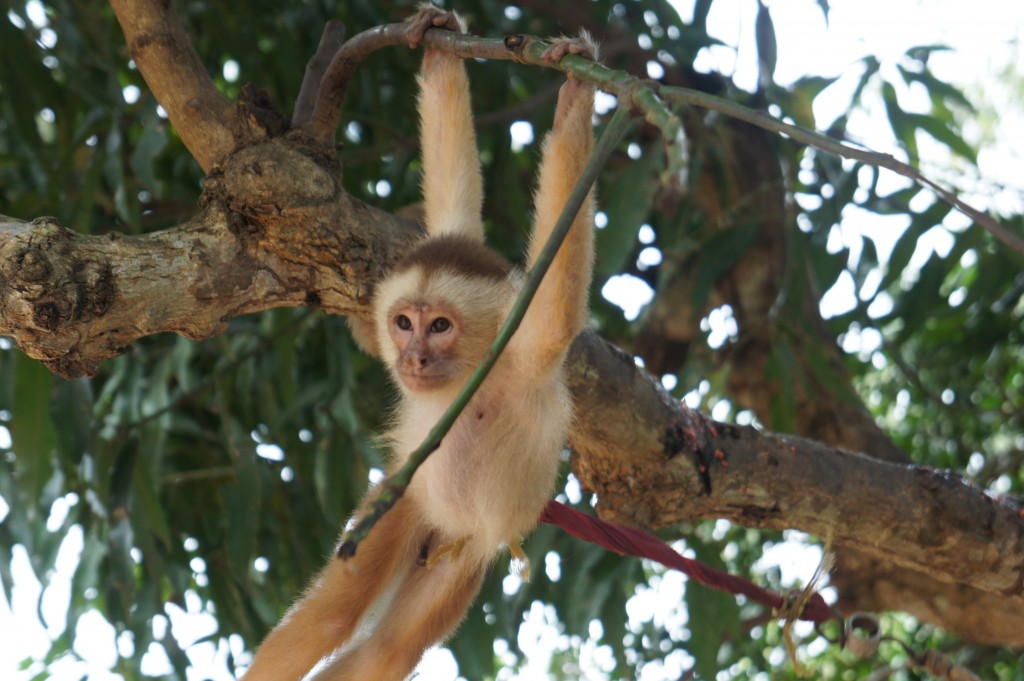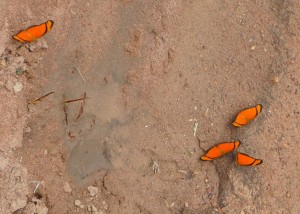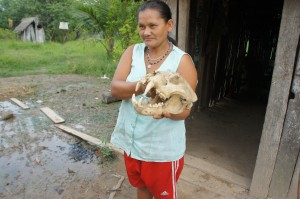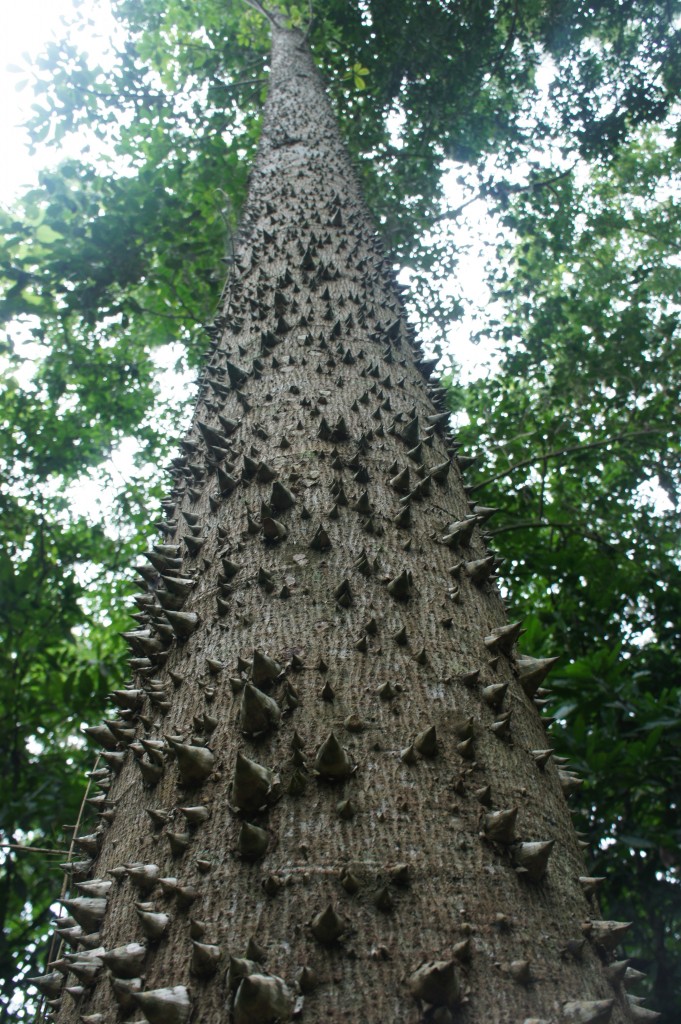
I’ll hedge and say that it could have something to do with jet lag, or changes in altitude, or even something in the water, but anytime I visit a new country where Heifer works, auspices of magic immediately distract and I spend much of my trip wondering if, perhaps, I’m hallucinating. It’s never anything ghostly or alarming, just sights so surreal that I’m bewitched, amazed, delighted. Is there such thing as a traveler’s high?
My first surprise, upon landing in Santa Cruz, was the flurry of kisses that didn’t let up the entire 9-day trip. The customary Bolivian greeting between two women or a man and a woman is a kiss on the cheek. It’s a bit awkward at first, but who can quibble with such a charming welcome? Far superior to a handshake, in my book.

And then, consider the capybara. These squee-worthy creatures populate the roadsides and riverbanks of the Bolivian Amazon. The world’s largest rodent, capybaras look like sleek, super-sized guinea pigs and can grow up to 100 pounds. When startled, capybaras emit kazoo-like sounds and immediately belly flop into the nearest body of water. Seriously! Neither I nor my travel companions managed to snap any capybara photos, leaving me to question, in retrospect, whether such an adorable creature actually exists.
We were further enchanted by the pink dolphins splashing in the rivers and the parrots and toucans flying overhead. “Is that an emu?” I asked our driver as we zipped down a muddy road. Turns out it was a rhea, a giant bird native to South America that can reach up to 90 pounds and nearly six feet tall.
Monkeys whooped at us from the trees as we sped by on motorbikes, headed to the shadowy chocolate forest where giant blue butterflies looped through the trees. Did you know that the juicy white fruits inside chocolate pods turn a bright purple when you chew them? I must report, however, that the charm of the chocolate forest ebbed under attack from the clouds of mosquitoes that nibbled our faces and left bloody specks on our clothes. We were also under siege from chiggers, although we didn’t realize that until hours later when we peeled off our socks.
But back to the kisses. The best part of the trip, of course, was the people we met. The purpose of our visit was to chronicle the work and progress of Heifer project participants who are amping up chocolate harvests, protecting the forests and working together to process cocoa at high quality and large quantities to secure good prices. They’re doing a pretty phenomenal job of it. This success story will appear in World Ark magazine later this year, although I may give a few glimpses of their work on this blog before then.

Pastel dolphins and snuggly rodents aside, Bolivia is a real place with real challenges. Our visit was limited to the lowlands of Bolivia, where wild fruit is abundant and starchy crops like corn, yucca and rice grow easily, but malnutrition is still a problem because protein and nutrient-rich vegetables are harder to secure. Jobs outside the agriculture sector are rare, so incomes are low to non-existent. Some of the project participants are prosperous enough to live in houses made of bricks, but others live under palm thatch roofs held up by sticks.
The tools Bolivians have to overcome these hardships are a culture built on community and a fruitful ecosystem that can provide ample food and incomes if it’s well protected.
Elizabeth Franco Rodriguez, the president of the chocolate gatherer’s group in northeastern Bolivia’s Jasiaquiri village, is well aware of both her country’s charms and challenges. The hot, hard work of chocolate harvesting isn’t so great when you come home covered in ticks, or when the mosquitoes infect you with dengue fever, she said. But it’s a family event, and she usually brings children, nieces and nephews along. At her home, shared with extended family, everyone stays busy. Chocolate seeds ferment in the sun, children grind yucca to make starch, and Rodriguez’s sister-in-law makes cheese in the breezeway. But that evening, when the work is done, the whole family will go into the nearby town of Baures to spend a couple of hours mingling and resting in the plaza, along with hundreds of others. It’s back to the forest to harvest chocolate again the next day, and the mosquitoes would no doubt be waiting. Rodriguez never complained.
“I just find it so exotic and beautiful,” I told her as we tromped through vines and underbrush. The translator conferred with Rodriguez, and she nodded. “She says yes, it’s that way for us, too.”
